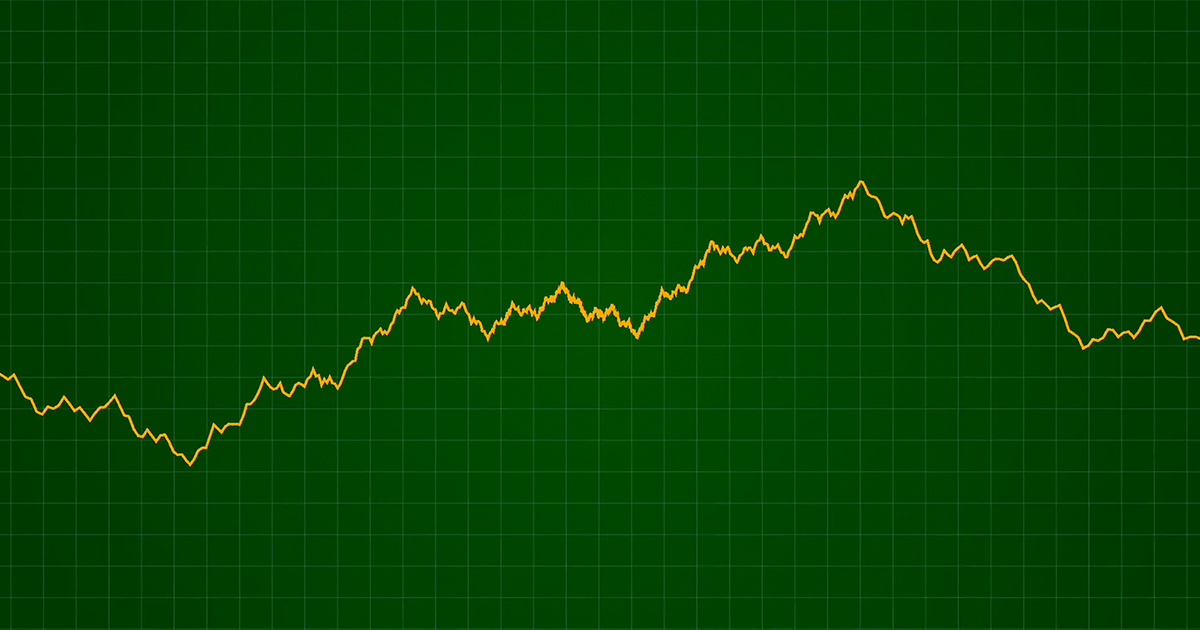The Universality Conjecture and a Bet on Ramanujan Graphs

The Alon-Boppana bound presented a fascinating challenge: constructing graphs that reach this limit. Sarnak, Lubotzky, and Phillips used number theory to create 'Ramanujan graphs' achieving this bound. A bet arose between Alon and Sarnak regarding the proportion of Ramanujan graphs among all regular graphs. Years later, Horng-Tzer Yau, leveraging the universality conjecture for random matrices, solved this problem, definitively settling the decades-old wager.




